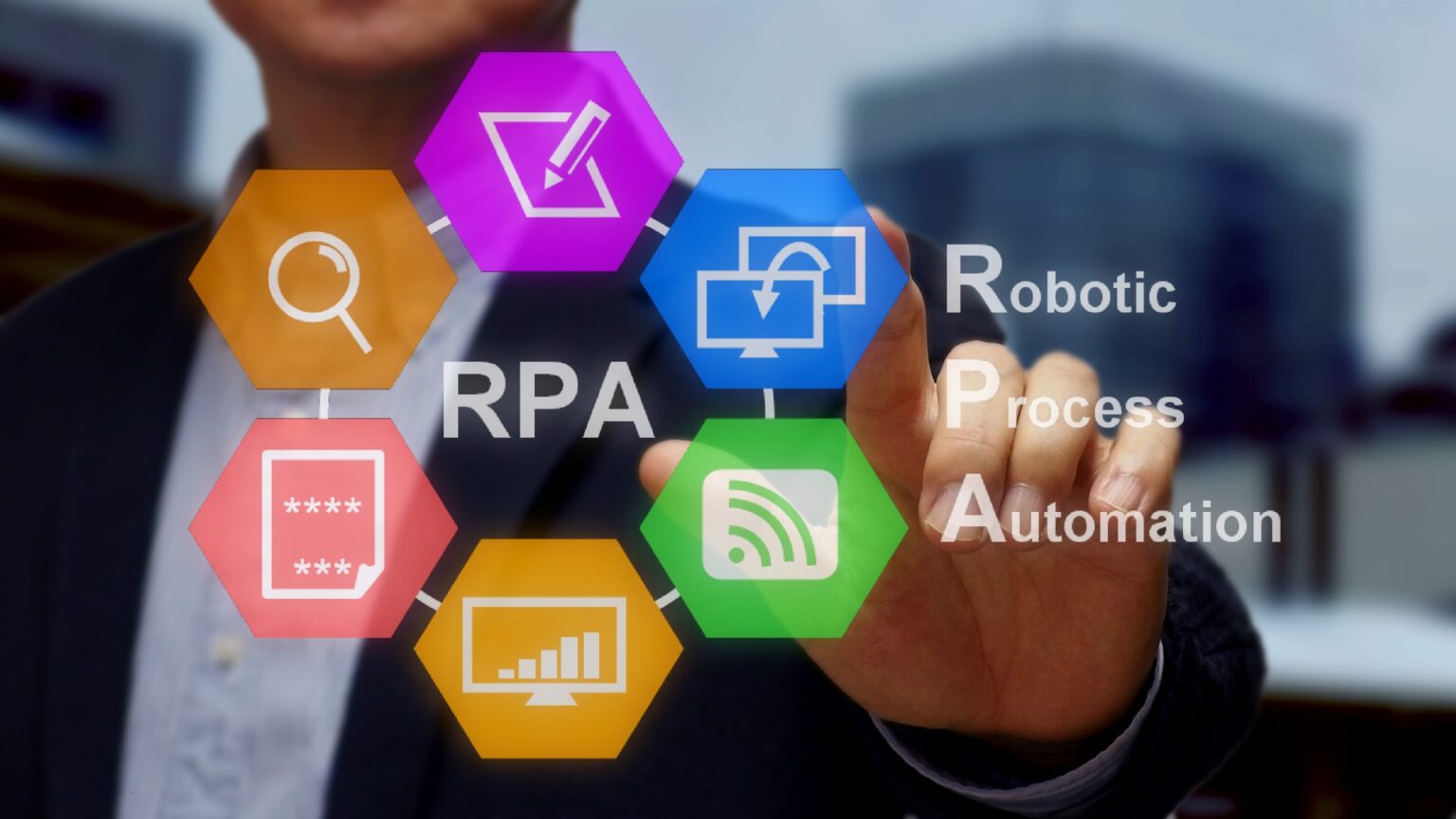
All too often “busy work”-repetitive, manual, time-consuming tasks-consumes the finite hours in each workday. The pace of business is accelerating and everyone is looking for ways to be more productive and drive faster time to value while delivering more strategic and innovative thinking. Keep reading to learn how this user-friendly, low-code application empowers coders and non-coders alike to optimize their workflows by automating repetitive and time-consuming manual tasks in Windows 10.Īutomate everyday tasks and free up time for higher-value work Windows 10 users can harness the power of low-code RPA by downloading Power Automate Desktop on March 2, and it will be included in Windows Insider Preview builds in the coming weeks. Today, we are continuing this momentum by announcing that desktop automation in Power Automate Desktop will be available to Windows 10 users at no additional cost. We first introduced RPA in Power Automate at Microsoft Ignite in 2019, and we have seen tremendous growth with hundreds of thousands of organizations using Power Automate and taking billions of actions each month.


You can find more information regarding UI elements and their different types in Automate using UI elements.In 2020, Microsoft Power Automate doubled down on its investments in the robotic process automation (RPA) space with the introduction of Microsoft Power Automate Desktop. To configure a UI automation action, determine the specific element it will interact with.Įxisting UI elements are displayed in the UI element pane, while new ones can be added directly through the action's properties or the pane. UI elements uniquely describe each component and can be managed through the flow designer's UI elements pane. To identify windows and components in them, Power Automate utilizes UI elements. You can find a list with all the available UI automation actions in the UI automation actions reference. UI automation actions require the window they interact with to be in the foreground, or they'll automatically bring it to the foreground.ĭesktop automation can be performed by manually adding the required actions or using the recorder. The actions of the Windows subcategory directly manipulate entire application windows, while form filling actions interact with more specific components, such as text fields and buttons.

Power Automate offers UI automation actions to allow users to interact with Windows applications and their components by either providing input with mouse clicks and keyboard strokes or extracting data.


 0 kommentar(er)
0 kommentar(er)
